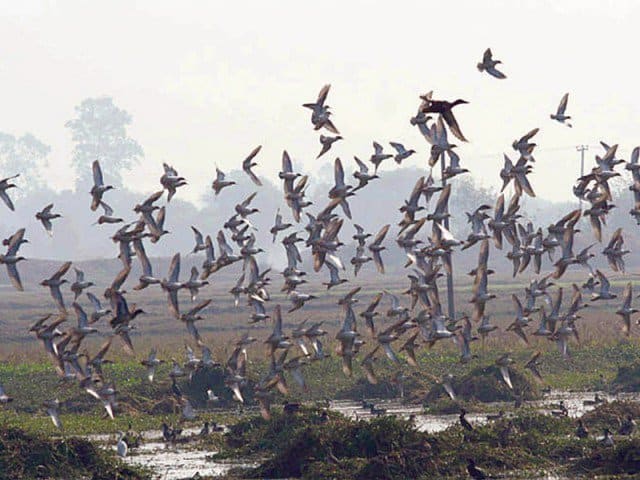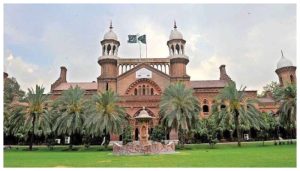ISLAMABAD (Staff Report) – The migratory birds from Siberia and European countries have started returning back to their native abode after spending winter in many parts of Pakistan.
The journey of these migratory birds starts from Siberia in (Russia) in December through Afghanistan who land in Pakistani lakes and ponds of seepage.
A senior official of Zoological Sciences Division said that migratory birds fly from Siberia to Afghanistan, Karakorum range, across river Indus in Pakistan and finally towards
India every year.
During their journey, the birds make stopovers at lakes and water basins at Nowshera, Tanda Dam in Kohat, Swat, Chitral, Punjab and at Haleji, Keenjaar and Lungsee lakes in Sindh, he said.
“These birds mainly consist of water fowl, hobara bustard, cranes, teals, pintail, mallard, geeze, spoon bills, waders, palicons and gadwall” he added.
He said that from February end, the return journey starts and completes by the end of April.
The distance covered by migratory birds during migration is calculated to be around 4,500 kilometres. Every year take flight from their homelands and travel along several routes to reach warm wintering grounds.
These birds consist of waterfowl, hobara bustard, cranes, teals, gallard, geeze, spoon bills, waders, falcons and gadwall.
Breeding birds at seepage ponds in Pakistan include night-heron, cotton teal, pheasant tailed jacana, purple moorhen, besides some passerines. The cotton teal has disappeared in the recent years
and has not been seen on the water-logging ponds for few years, he added.
According to the World Wide Fund (WWF) senior official Dr Ijaz, many sites that birds depend on are under threat from human activities, thereby posing a grave risk to migratory bird species.
He said that hunting of migratory birds should be banned.
Bird rights activist and social worker Abdul Mannan urged the need to do more to conserve these species across the country, otherwise, it would have very negative impact on wild life survival.
He said that route towards Pakistan is also called as the Green Route or more commonly Indus Flyway adding the birds start on this route in November and December is the peak time and by end February they start flying back home.
Mean while some Bird and environmental experts have already concluded that the migratory birds have ecological benefits as they prey on insects and weeds thus contributing towards the betterment of agriculture, he added.
Similarly, the faecal material of the birds consists of organic matter that contributes towards the soil fertility, he further added.














